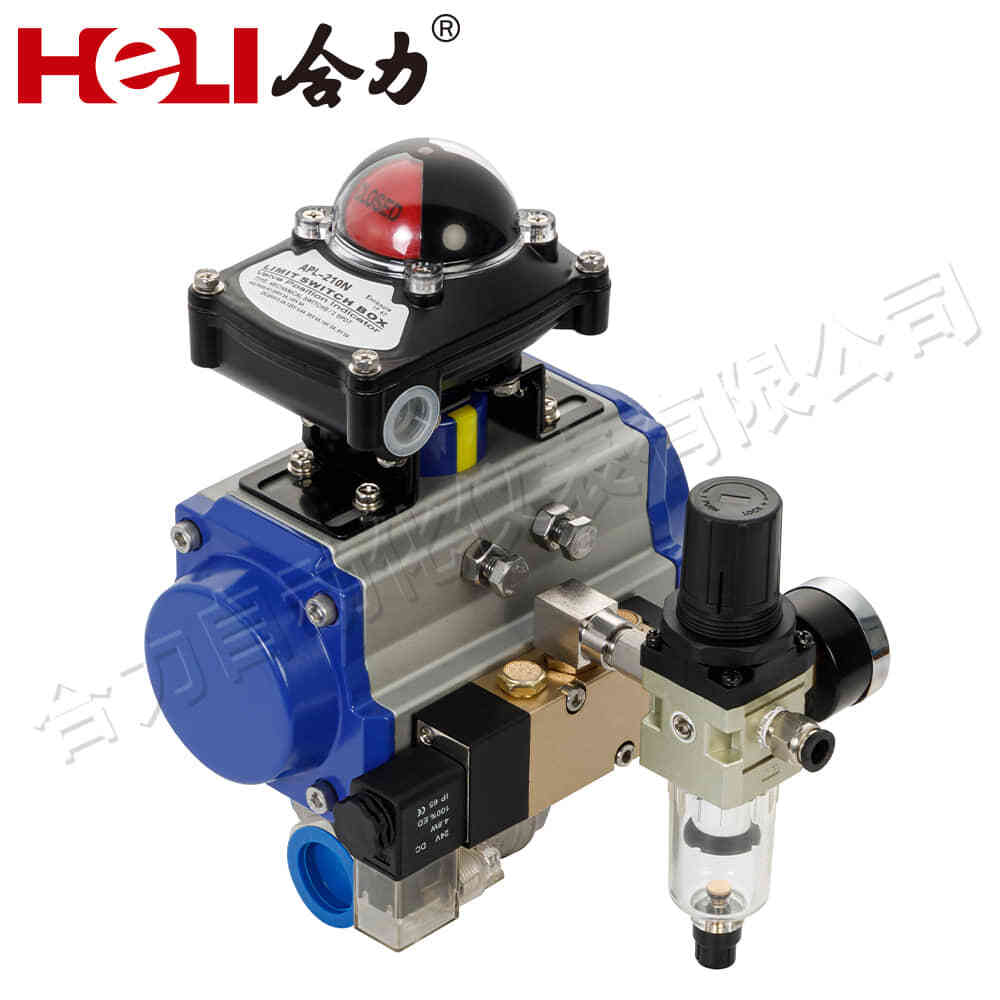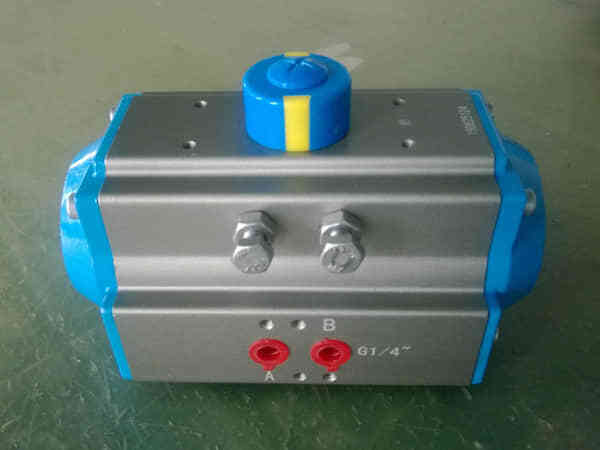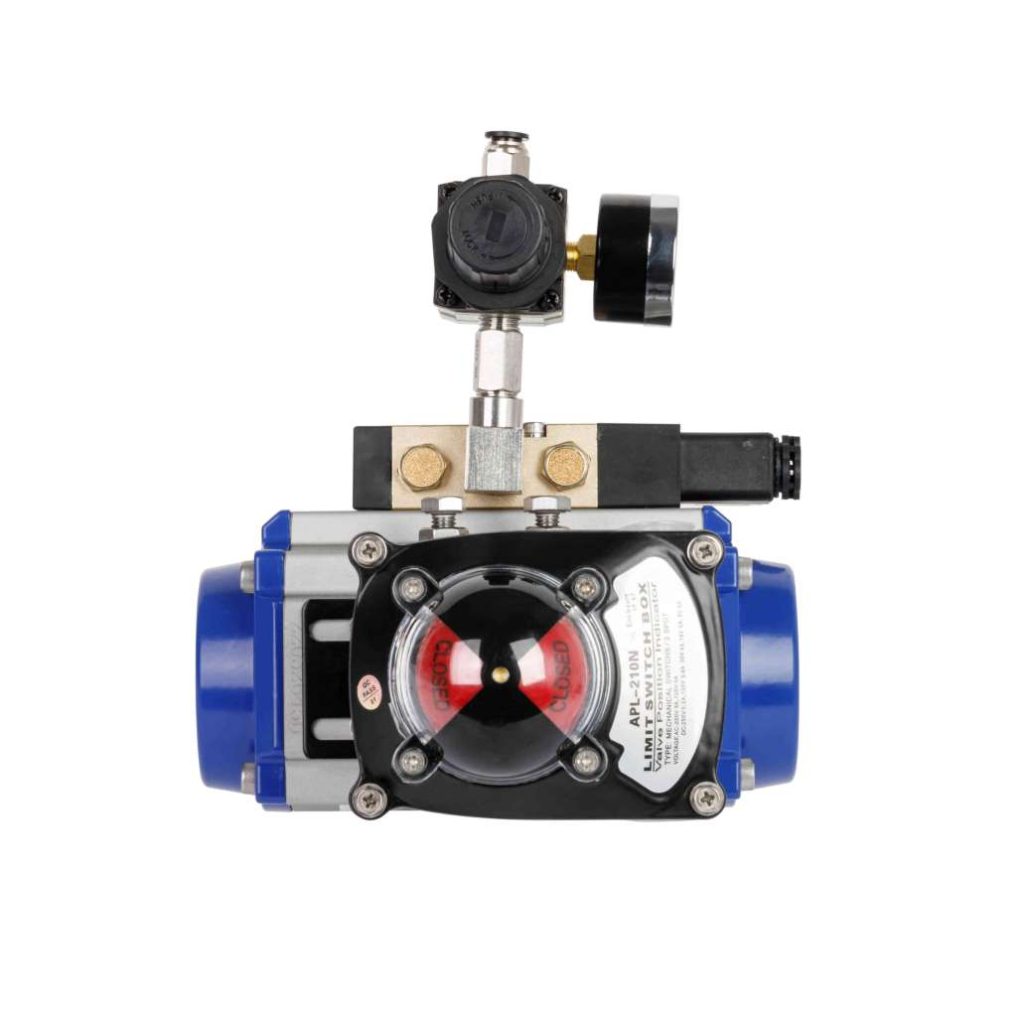Pneumatic actuators are mechanical devices that use compressed air to generate motion. These devices play a crucial role in various industries by converting the energy stored in compressed air into linear or rotary motion, enabling a wide range of applications, from manufacturing to robotics. This article explores the fundamentals of pneumatic actuators, their various types, applications, and the key advantages that make them indispensable in modern engineering and automation systems.

What is a Pneumatic Actuator?

A pneumatic actuator is a type of actuator that uses compressed air to create mechanical movement. It typically consists of a cylinder, piston, and valve, which are powered by compressed air. When air is introduced into the cylinder, it moves the piston, which in turn creates the desired motion. The motion can be either linear, such as in a pneumatic cylinder, or rotary, such as in a pneumatic motor. Pneumatic actuators are commonly used because air is a readily available, cost-effective, and safe source of power. Types of Pneumatic Actuators Pneumatic actuators come in various forms, each suited to specific applications and types of motion:
